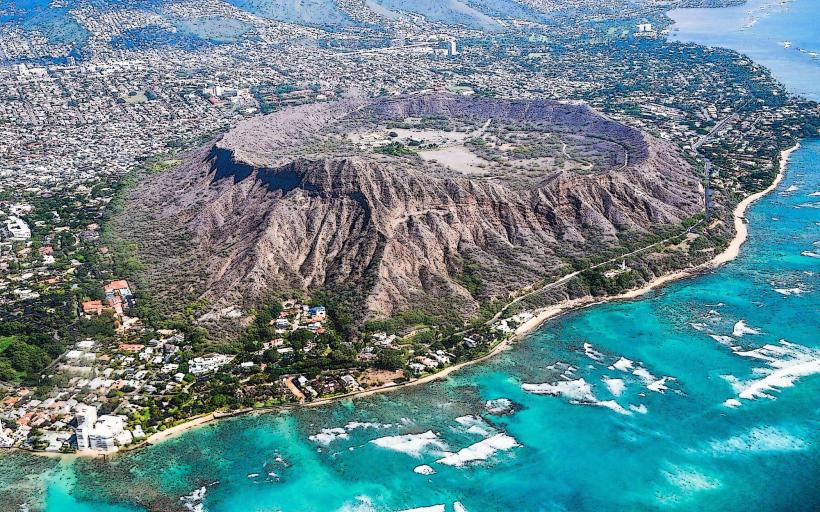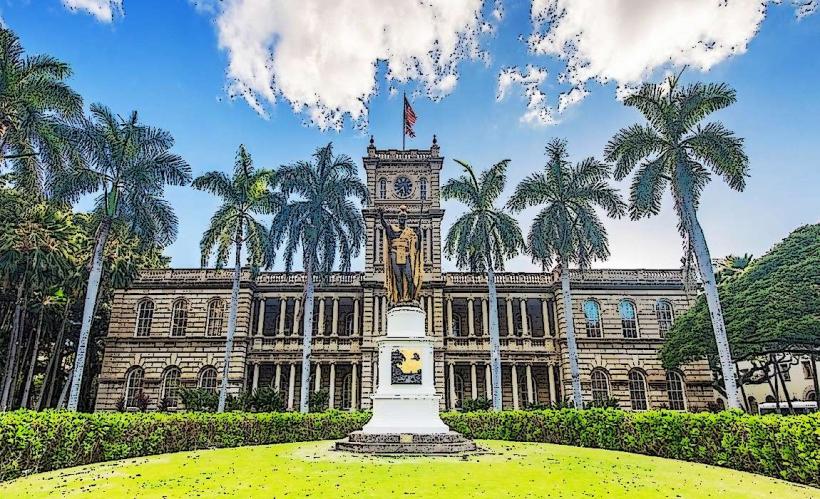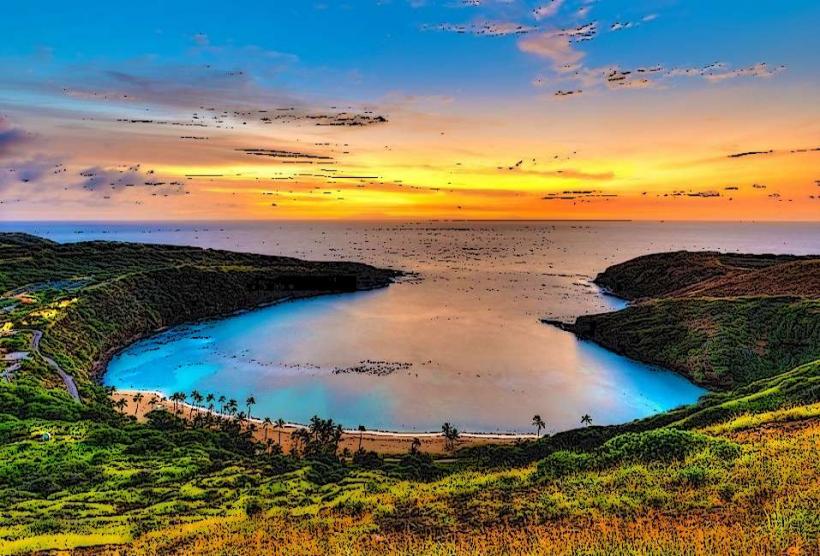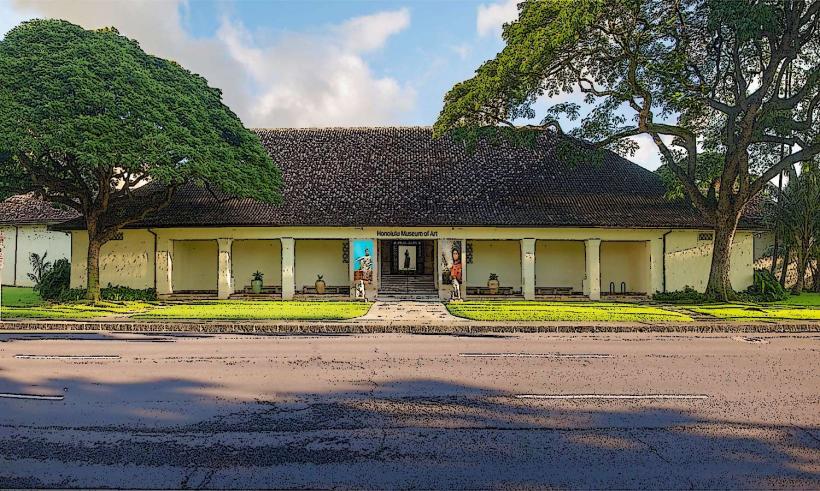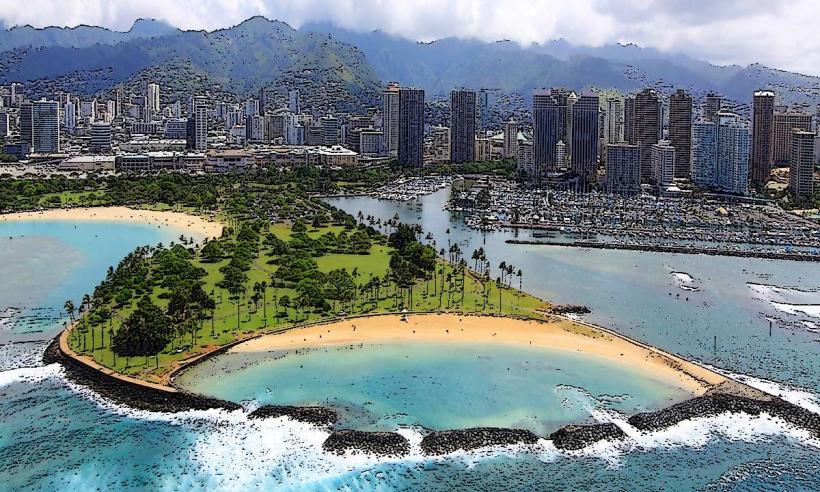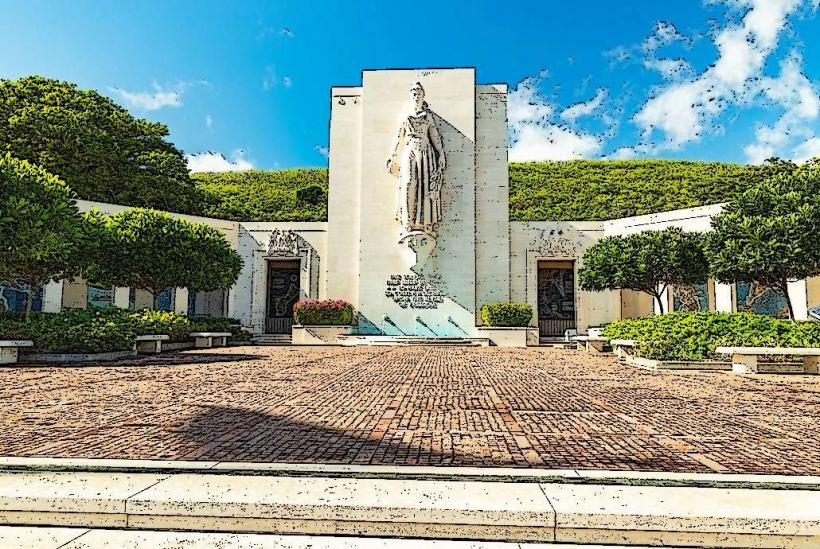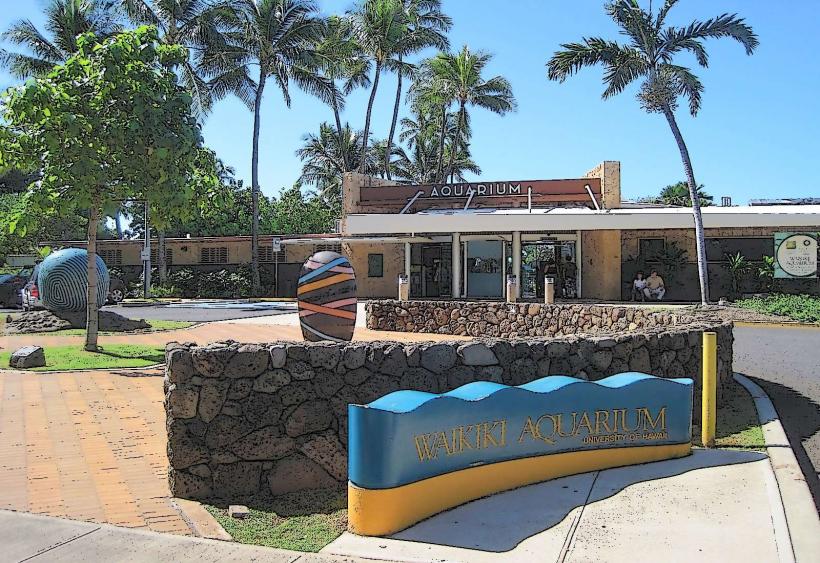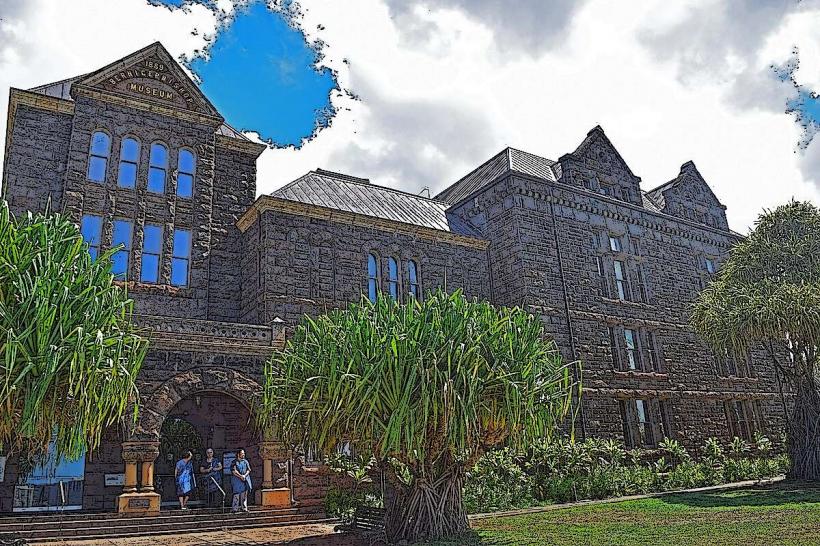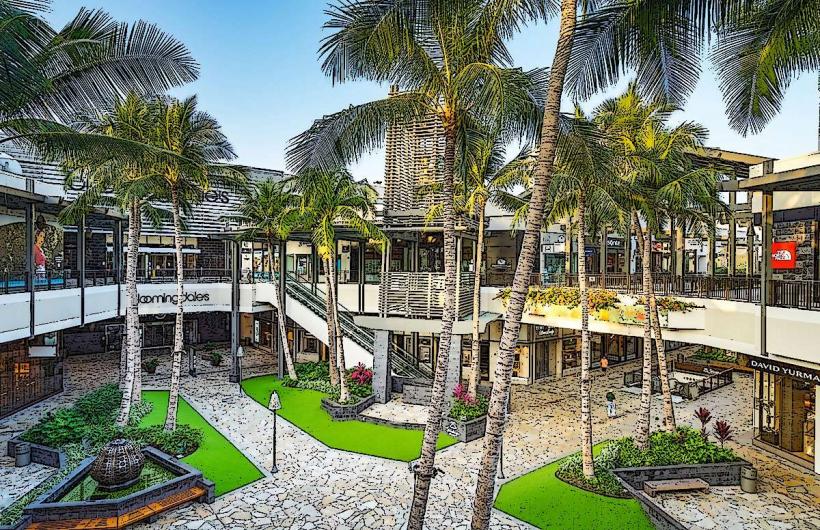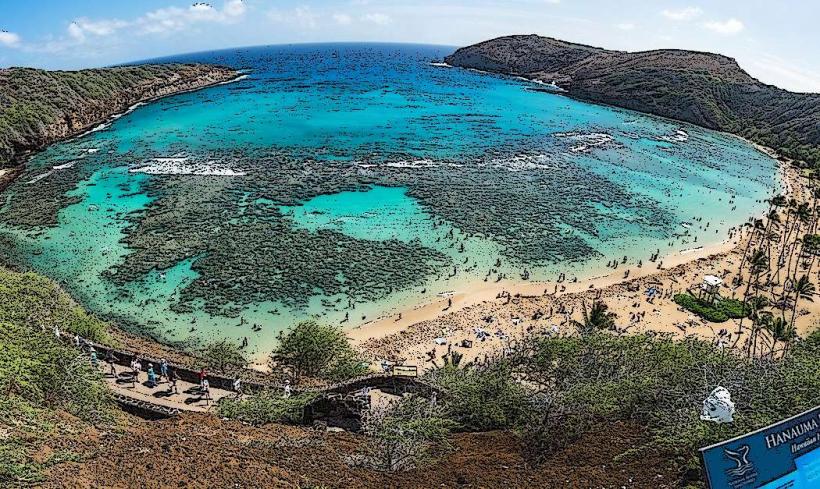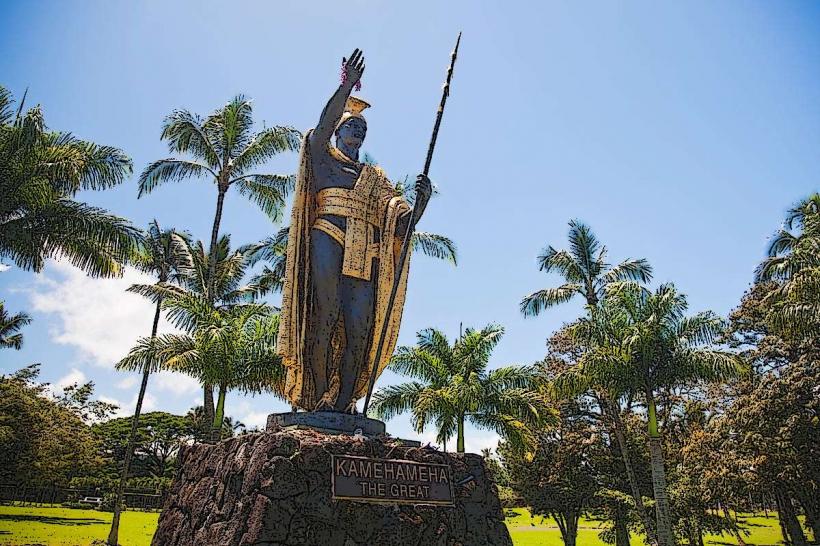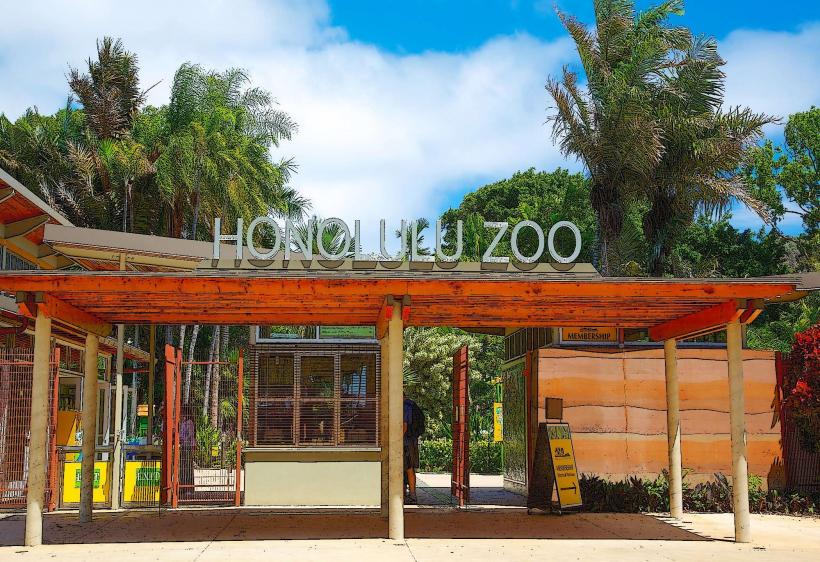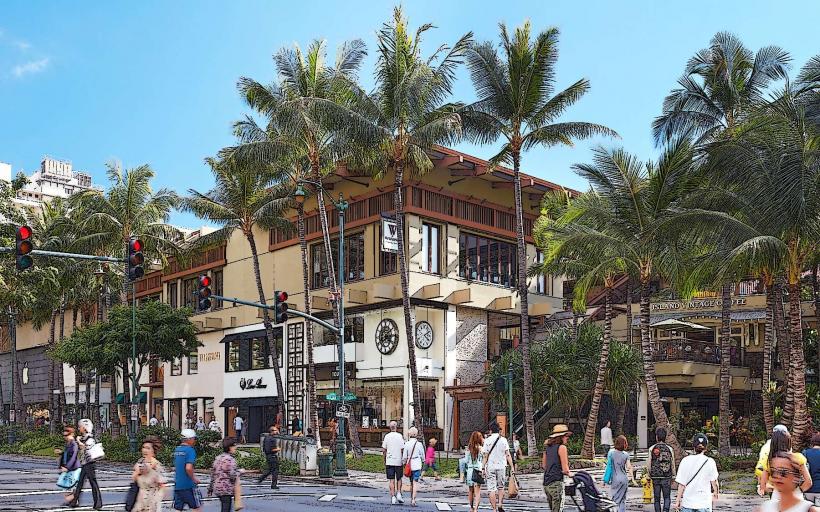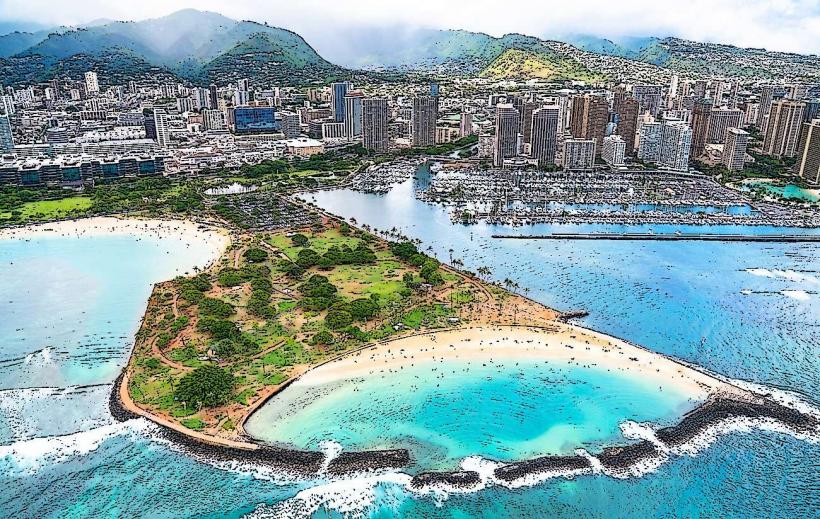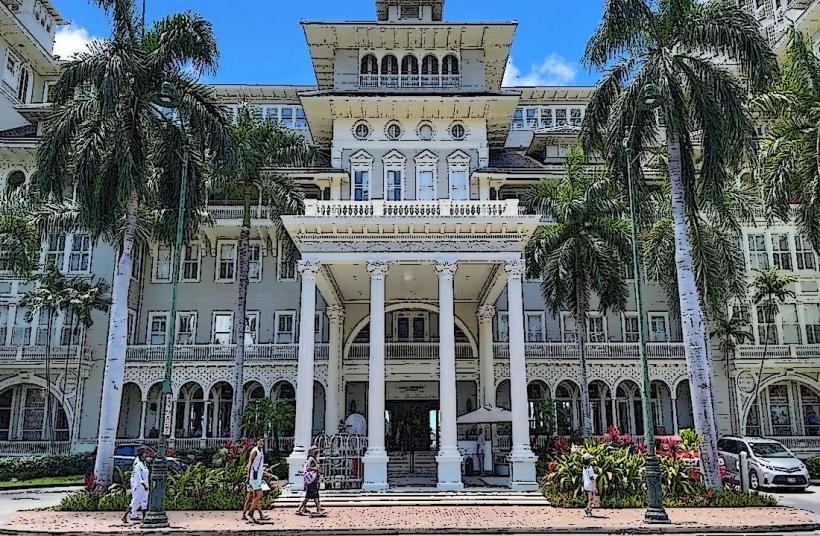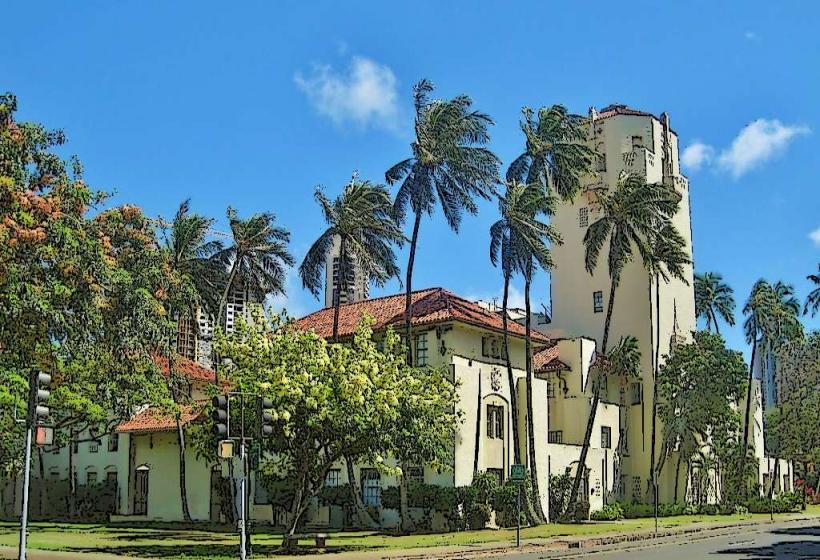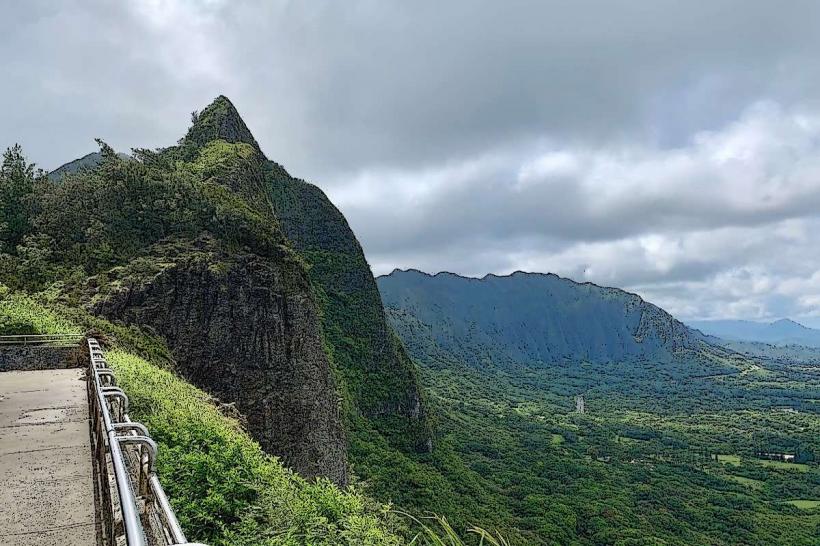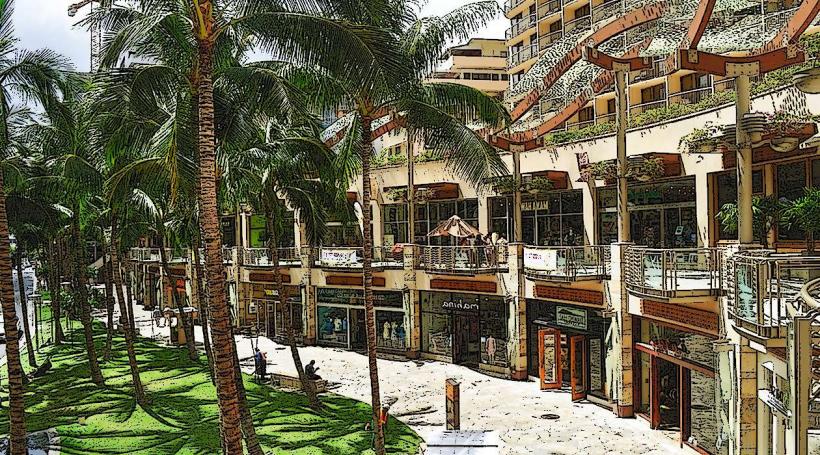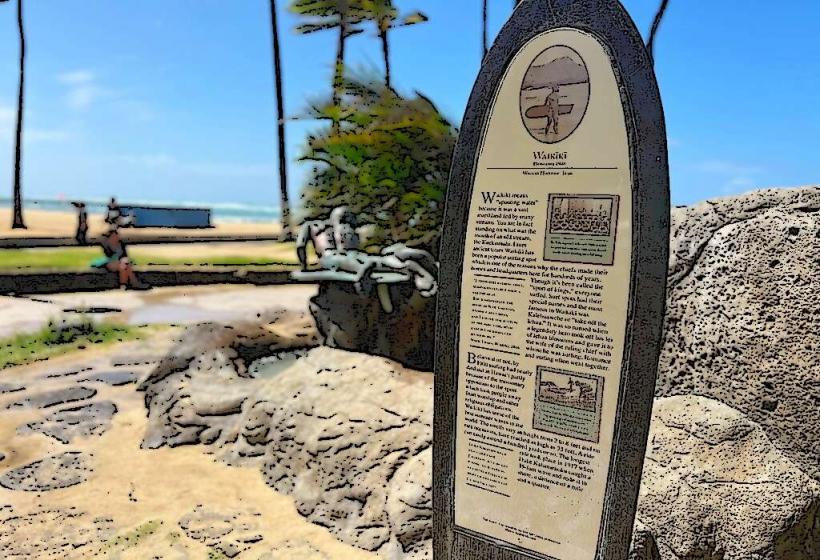Information
Landmark: Waikiki BeachCity: Honolulu
Country: USA Hawaii
Continent: North America
Waikiki Beach, Honolulu, USA Hawaii, North America
Overview
On Oahu’s south shore in Honolulu, Waikiki Beach draws visitors from around the globe, its golden sand and rolling surf making it one of the world’s best-known shorelines, also here’s a closer view: The name “Waikīkī” means “spouting fresh water” in Hawaiian, a nod to the streams and cool springs that once flowed through the area, slightly Long ago, Hawaiian royalty came here to escape the heat and ride the bay’s soft, rolling waves, after that since the 19th century, this stretch of coast has stood for Hawaiian warmth and easy living, where the scent of salt and plumeria drifts through the air.The first hotels and resorts rose in the early 1900s, crowned by the grand pink Royal Hawaiian Hotel in 1927, likewise over the years, Waikiki grew into a lively tourist hub, its two-mile stretch of beach divided into distinct spots: Kuhio Beach, with breakwaters that keep the water calm; Queen’s Beach, perfect for snorkeling among darting tropical fish; Kapiolani Beach, tucked beside the park and often quiet; Fort DeRussy Beach, offering shady grass for picnics; and Duke Kahanamoku Beach, a watersports favorite named after the famed surfer.You know, The sand is a blend of natural grains and imported loads brought in to replace what the tides have taken, therefore and here, where gentle waves roll in, modern surfing was born.Waikiki’s gentle waves make it ideal for beginners-surf schools line the shore, boards propped in the sand-while outrigger canoe rides offer a rush as you skim the crest of a breaking wave; just offshore, the clear waters near Queen’s Beach invite snorkelers to spot flashes of yellow tang and coral heads, and stand-up paddleboarding blends calm glides with a bit of a workout; catamaran cruises depart right from the sand for sunset sails or reef tours, and beach volleyball courts are often set up for anyone to join; nearby, you can hike the slopes of Diamond Head Crater for sweeping ocean views, wander the Honolulu Zoo’s tropical gardens, visit the Waikiki Aquarium’s Pacific marine life, or spread a blanket in Kapiolani Park; when hunger hits, try poke bowls, loco moco, or kalua pork at spots like Duke’s Waikiki, Roy’s Waikiki, or House Without a Key, then browse luxury boutiques at the Royal Hawaiian Center or pick up handmade goods at the International Market location; stay in anything from five-star resorts like Halekulani or the Sheraton Waikiki to budget hotels and rentals, many with balconies over the surf; with a warm tropical climate averaging 75–85°F year-round and the driest weather from April to October, every season has its charm-though winter brings bigger swells; just 20 minutes from Honolulu International Airport, the area’s easy to explore on foot or via TheBus, Waikiki Trolley, and rideshares; to make the most of your visit, use reef-guarded sunscreen, head out early for calmer waters and lighter crowds, and show respect for Hawaiian culture by learning a few native phrases and honoring sacred sites.
Author: Tourist Landmarks
Date: 2025-09-10

